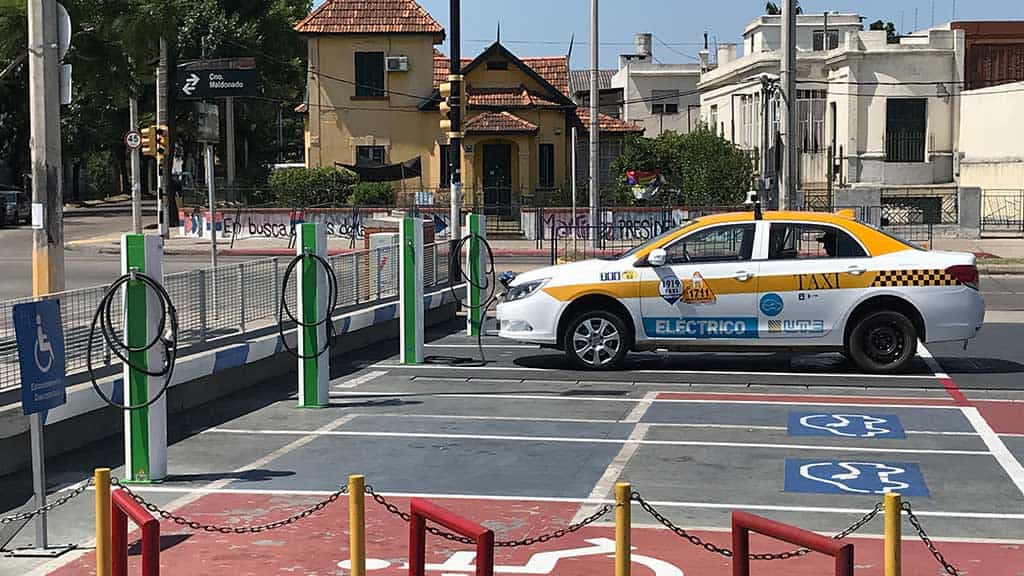
A leap towards transparency and sustainability in the battery industry is on the horizon with the EU’s Battery Passport. This innovative passport is not just a document; it’s a game-changer for the environment and consumer safety. From February 2027, every new EV and industrial battery in the EU must sport this digital identity. It’s a move to ensure batteries are high-performing, recyclable, and environmentally friendly. With the recent release of the Technical Guidance and a software demonstrator by an international consortium, we’re getting a sneak peek into a future where every battery has a transparent digital history, contributing to a circular economy and setting the standard for other industries.
Why this is important
Batteries are at the core of the energy transition, and the EU is taking steps to trace their origins and improve their sustainability.
Understanding the EU battery passport
The EU Battery Passport is an initiative designed to bring about a significant shift in the battery industry. Think of it as a unique digital profile for each battery that enters the European market. This profile includes essential data such as the battery’s unique serial number, the date it was produced, its type, chemical makeup, manufacturer details, and performance metrics. Including a QR code ensures that all of this information is easily accessible. It’s like having a detailed biography for your battery, allowing for careful monitoring throughout its life cycle, from production to disposal. The ultimate goal? To facilitate repair, ensure end-of-life processing, increase the recycled content within batteries, and enable a higher degree of sustainability.

Technical guidance: a blueprint for implementation
The recent release from the international consortium has provided a comprehensive framework on how to implement the EU Battery Passport technically. It’s the nuts and bolts of the operation, detailing system architecture that promotes interoperability and trust. This means that the systems used by various stakeholders in the battery value chain should work seamlessly together, fostering a collaborative environment. The Technical Guidance is not just for show; it’s a practical set of recommendations verified and implemented in some capacity, as demonstrated by the software demonstrator. It serves as a pilot, setting a precedent for future digital product passports in other sectors like textiles and electronics.
The importance of the battery passport
Why is this development so pivotal? The EU Battery Passport has implications that extend far beyond the realms of standardization and transparency. It’s crucial for consumer safety and compliance with stringent EU regulations. The passport allows for the secure sharing of information along the battery value chain, which is critical for safely and efficiently recycling batteries. Moreover, it plays a significant role in the EU’s broader goals of reducing hazardous materials in batteries, promoting recycling, and curbing greenhouse gas emissions.

The future of battery passports
The journey doesn’t end with the release of the Technical Guidance. The Battery Pass Consortium will present its findings and the software demonstrator at the upcoming Hannover Messe in April 2024. This will offer industry professionals and the public a chance to see the practical applications of the battery passport. Moreover, as the entire ecosystem prepares for implementation with investments and co-creation activities, we can expect to see a domino effect in the industry. The standardization and interoperability outlined in the Technical Guidance will likely encourage private sector investments and spur development in other sectors, paving the way for a genuinely circular economy.








